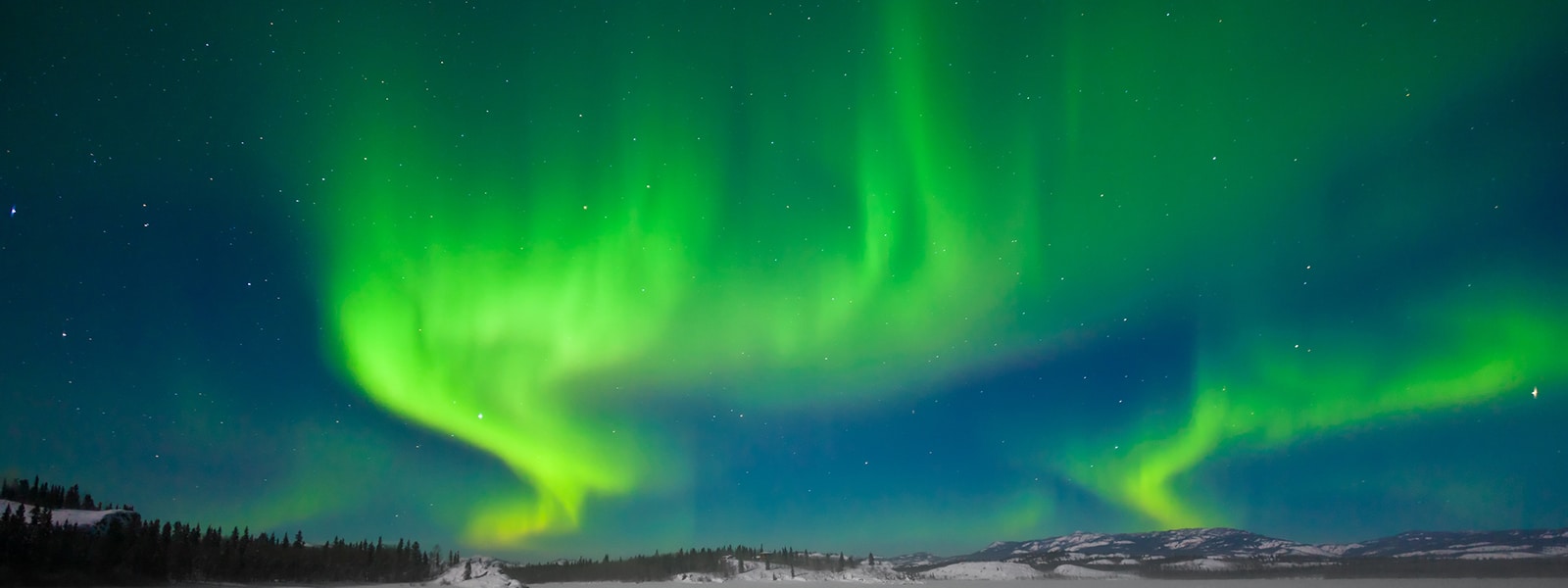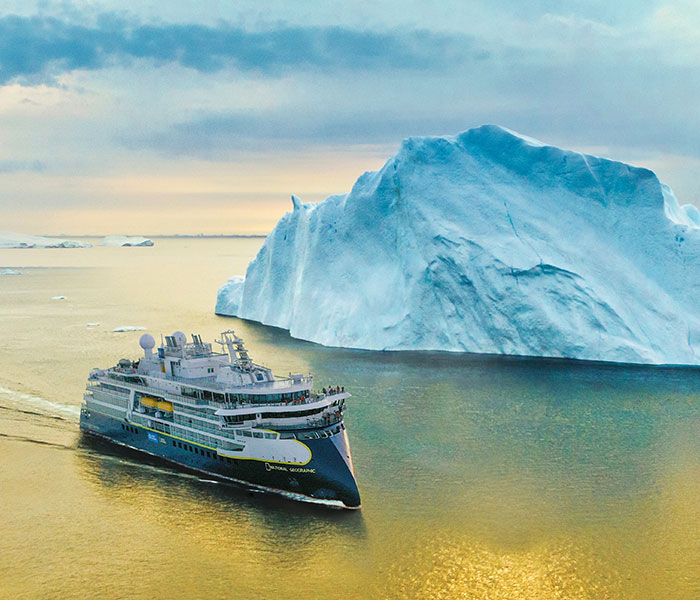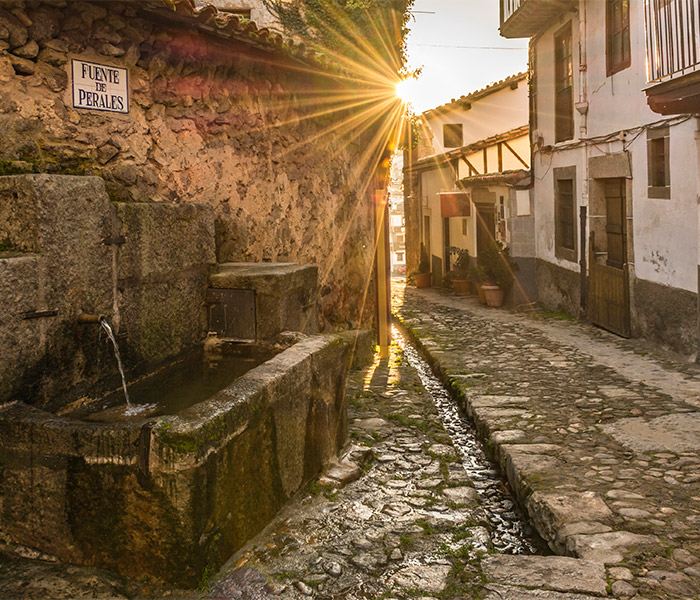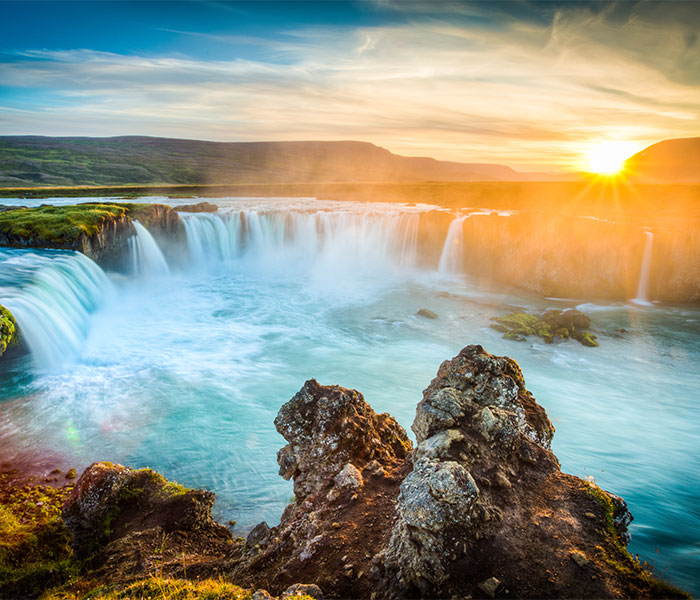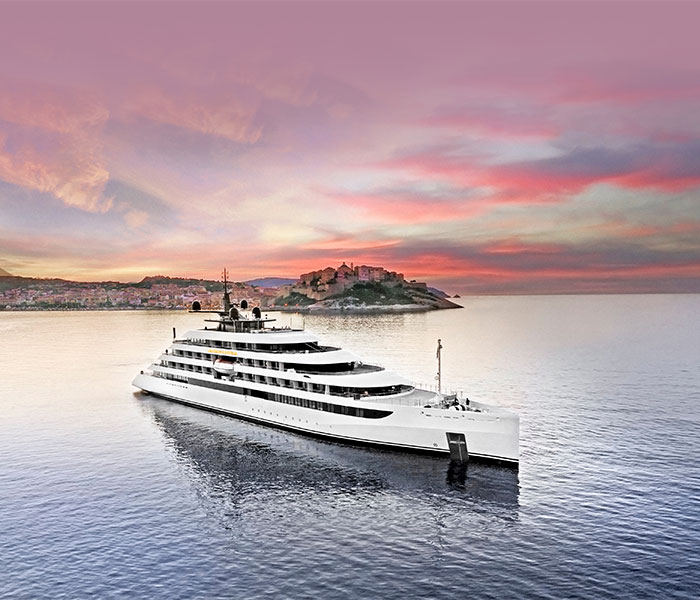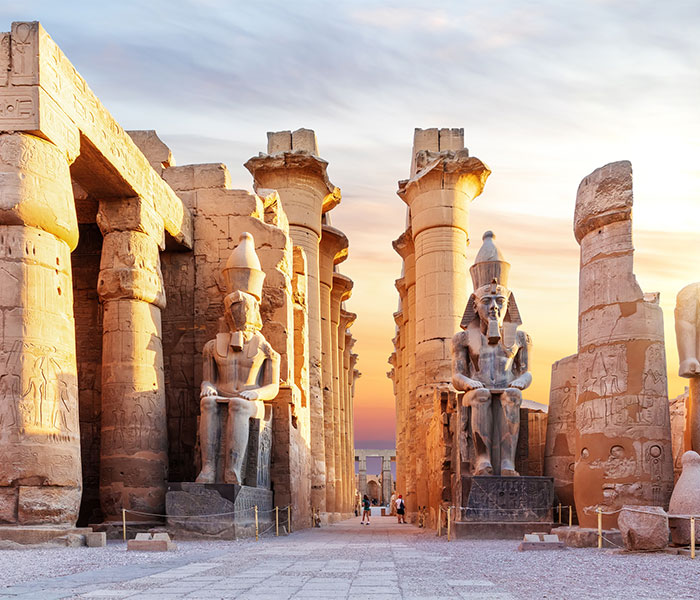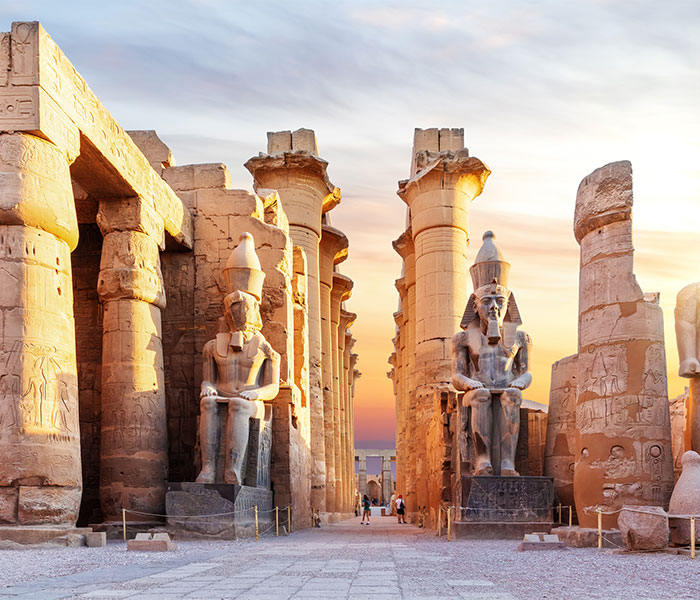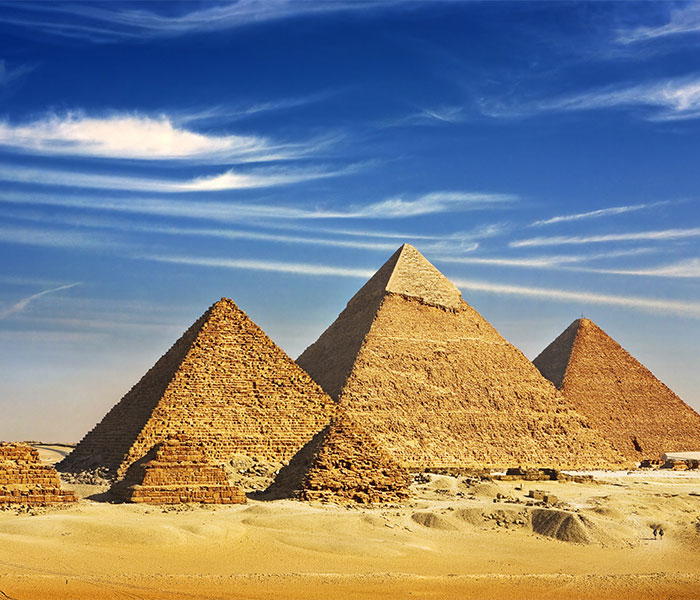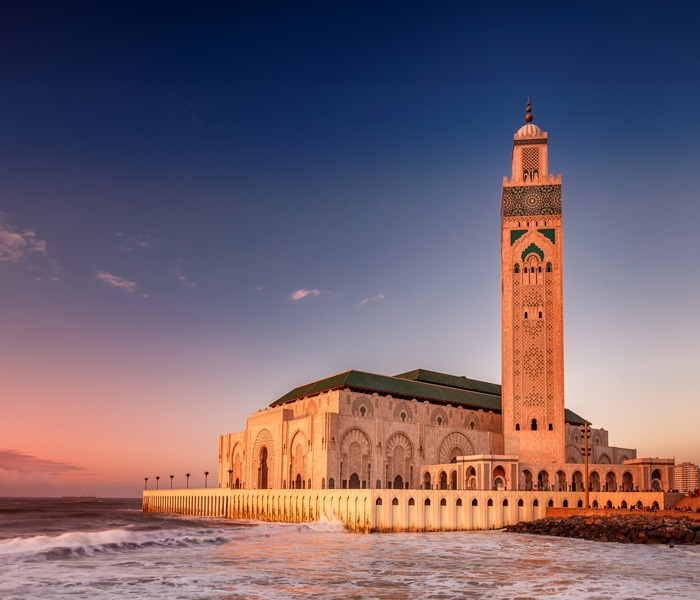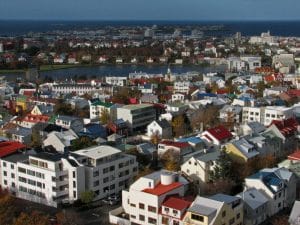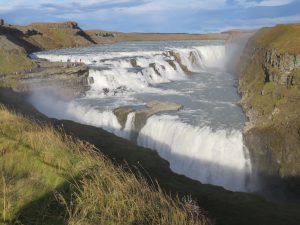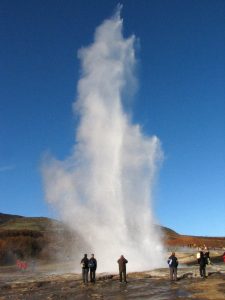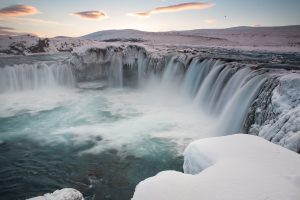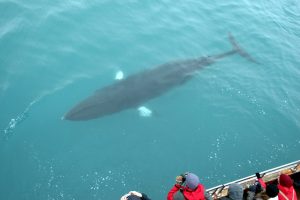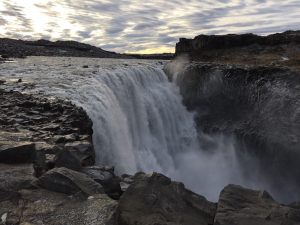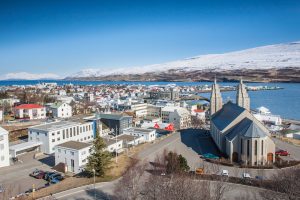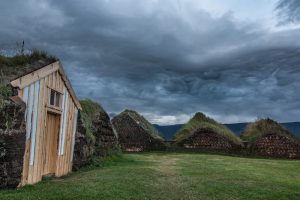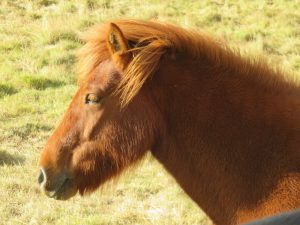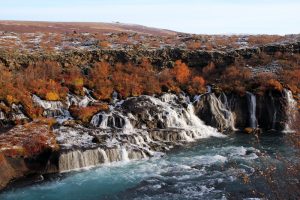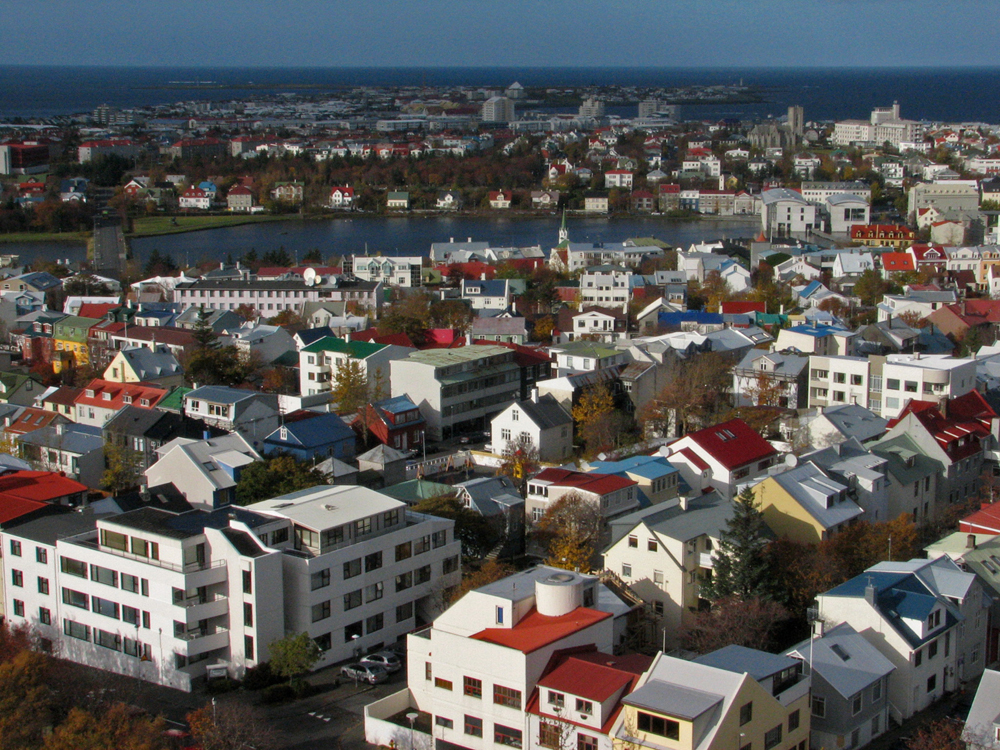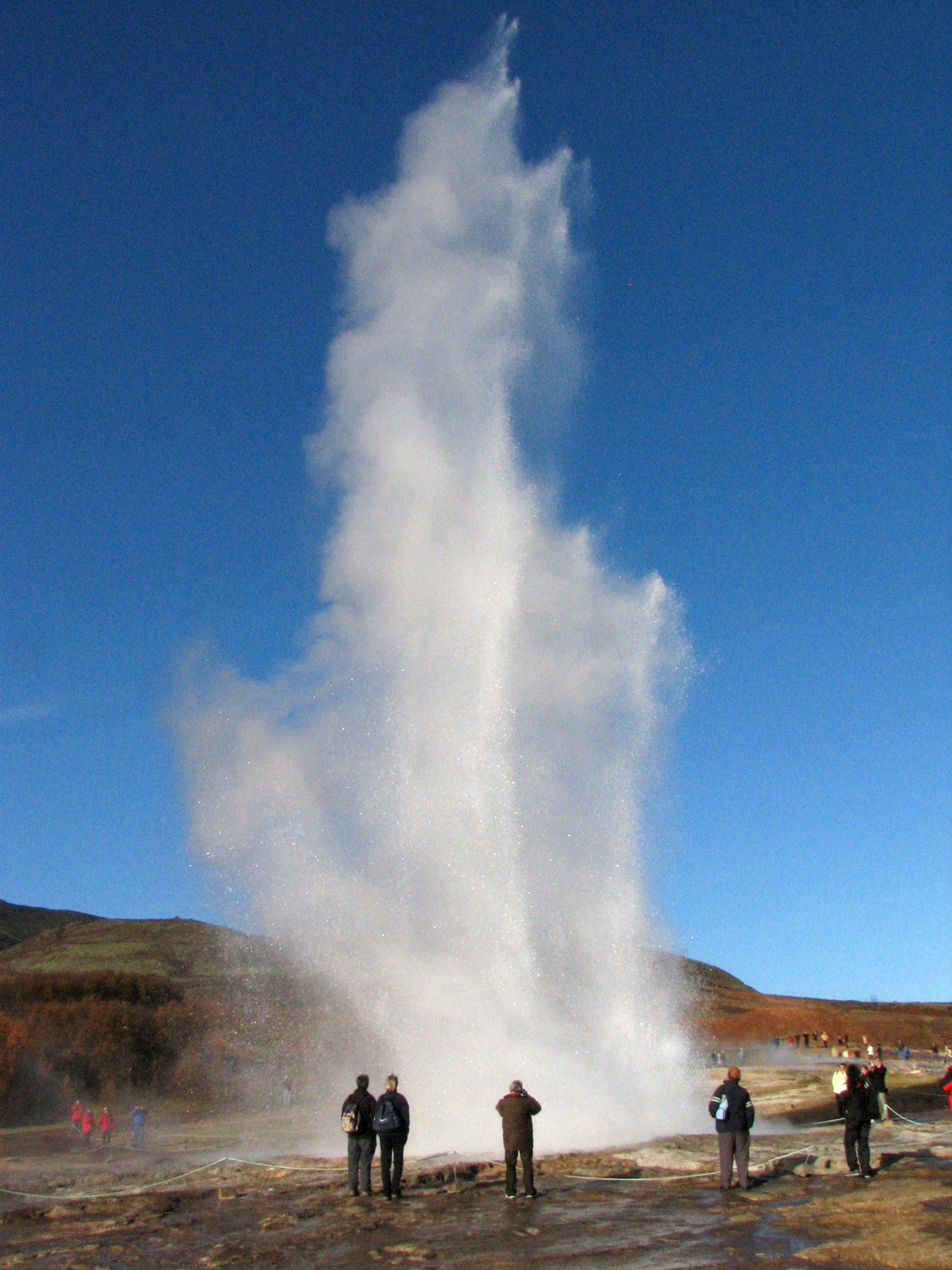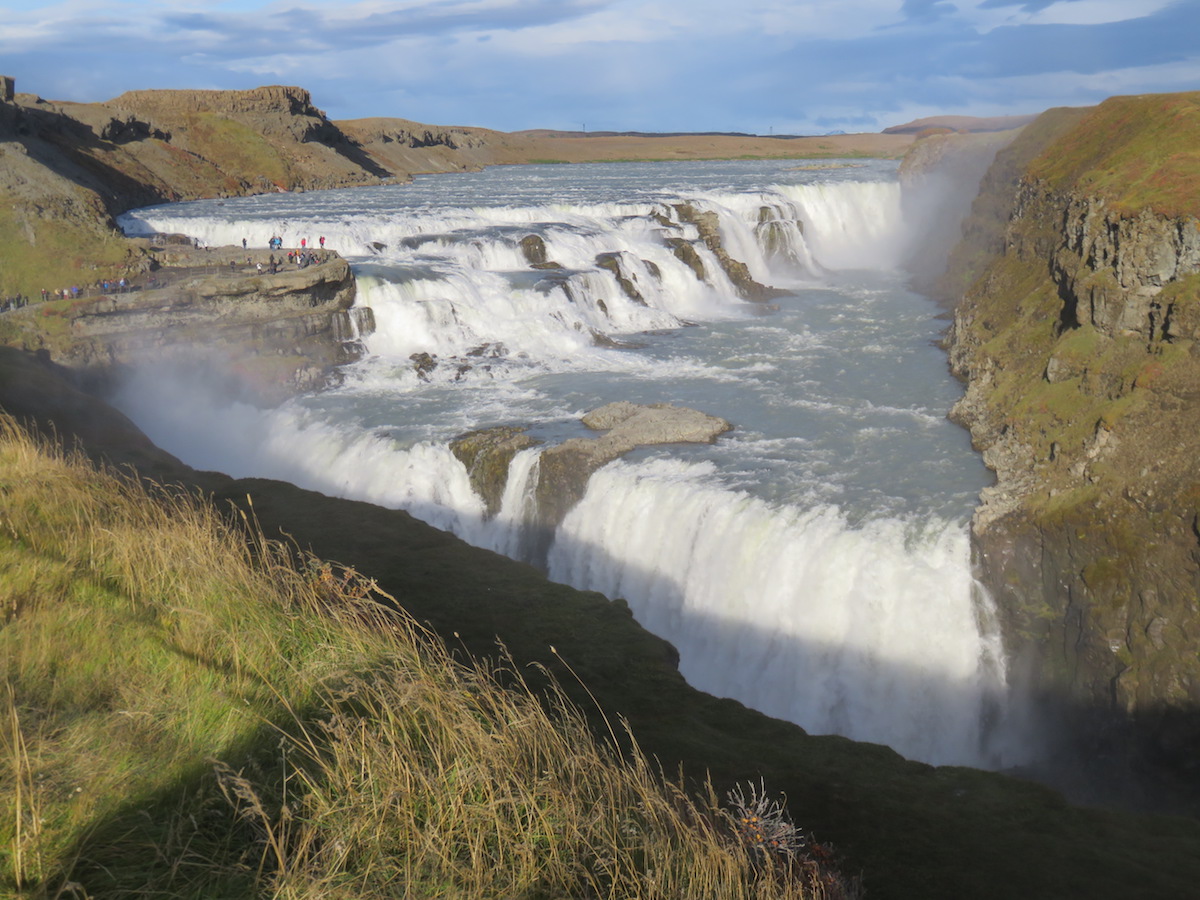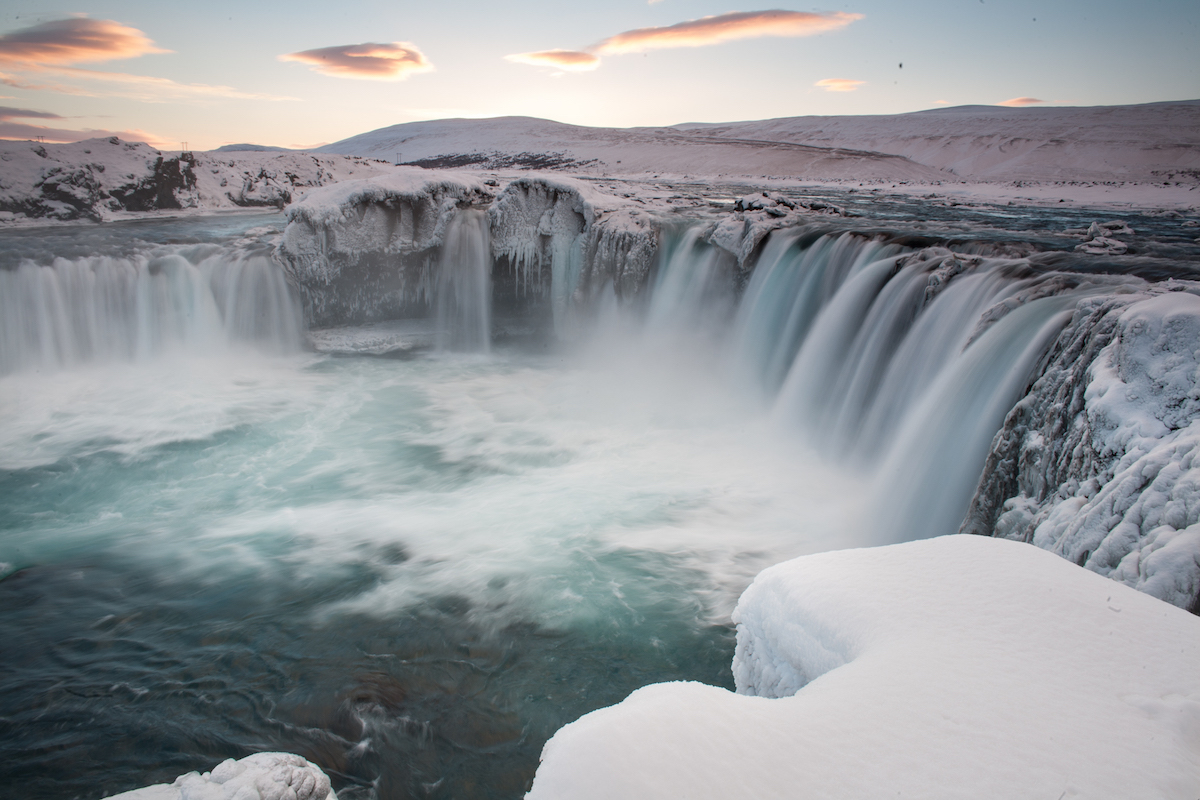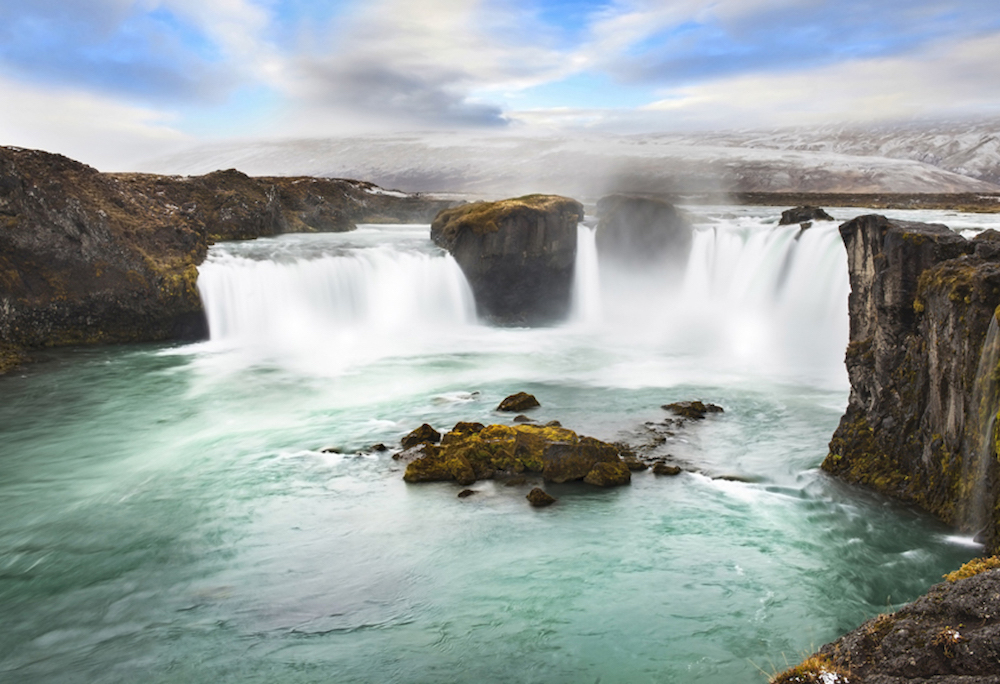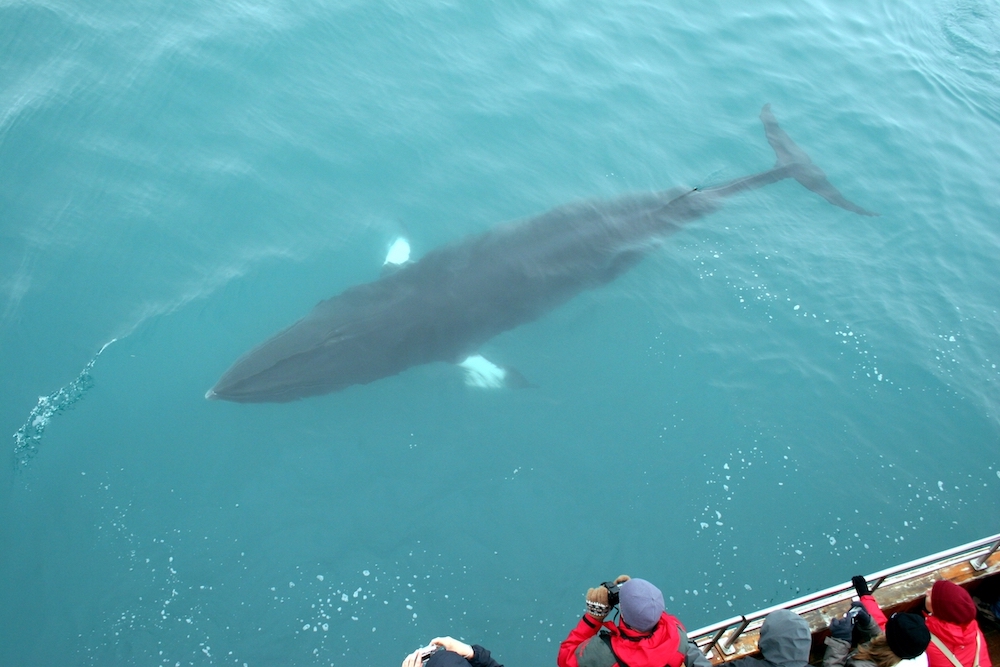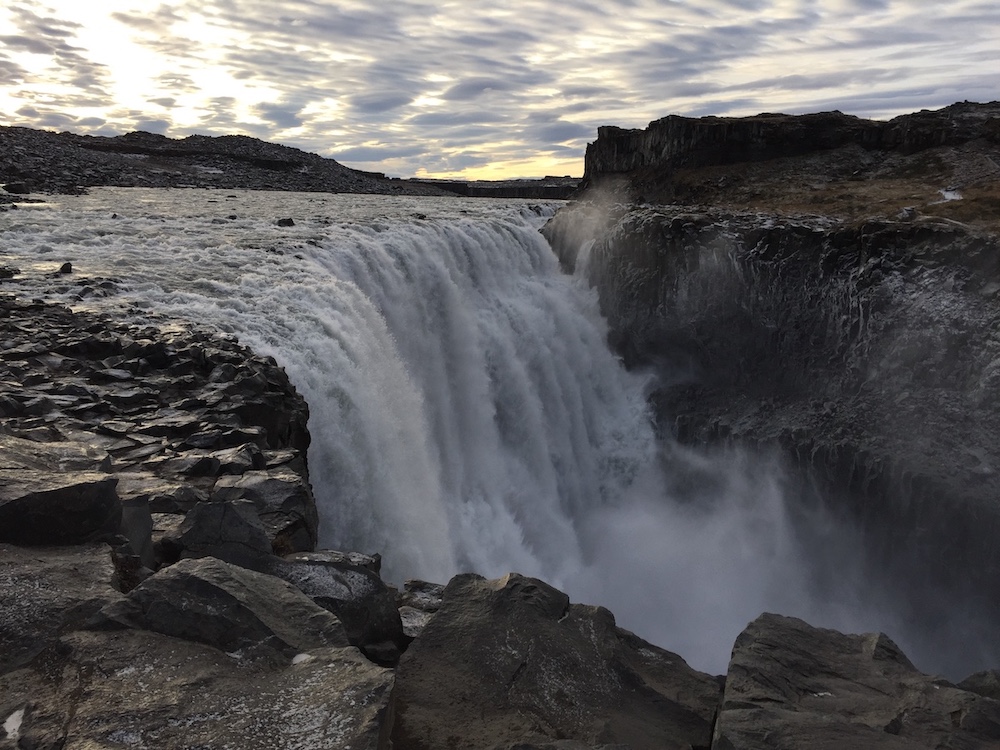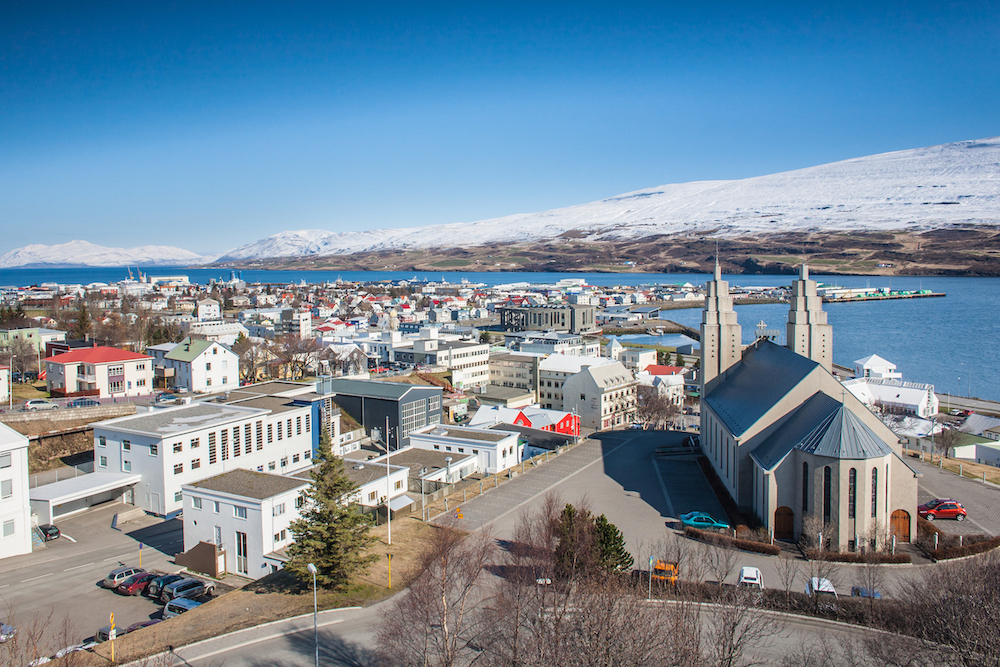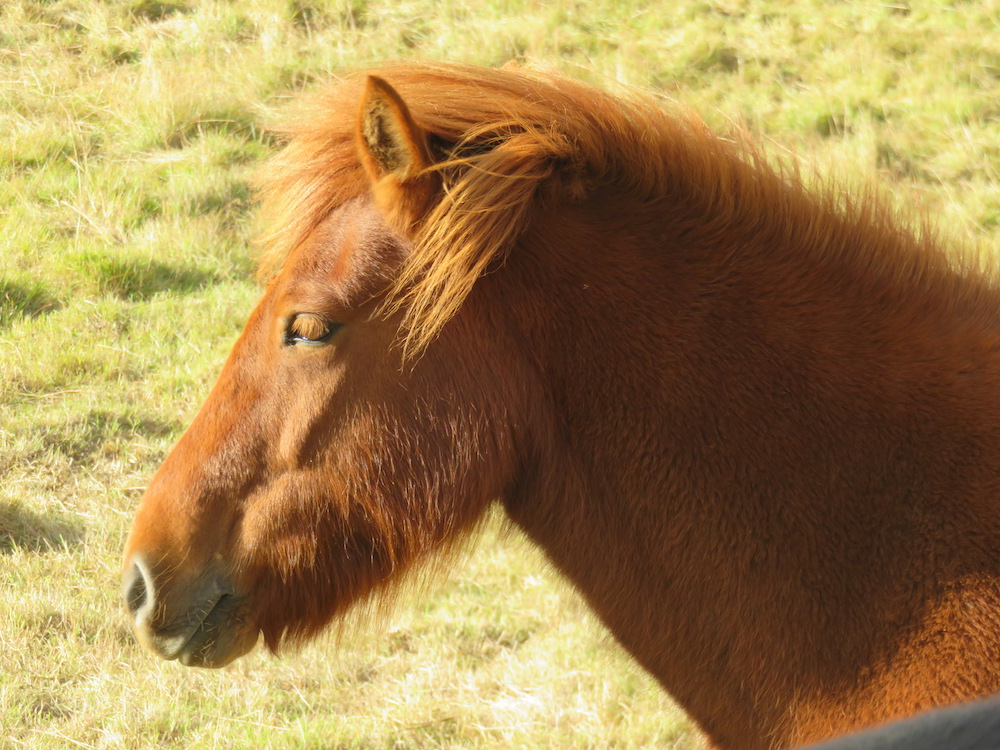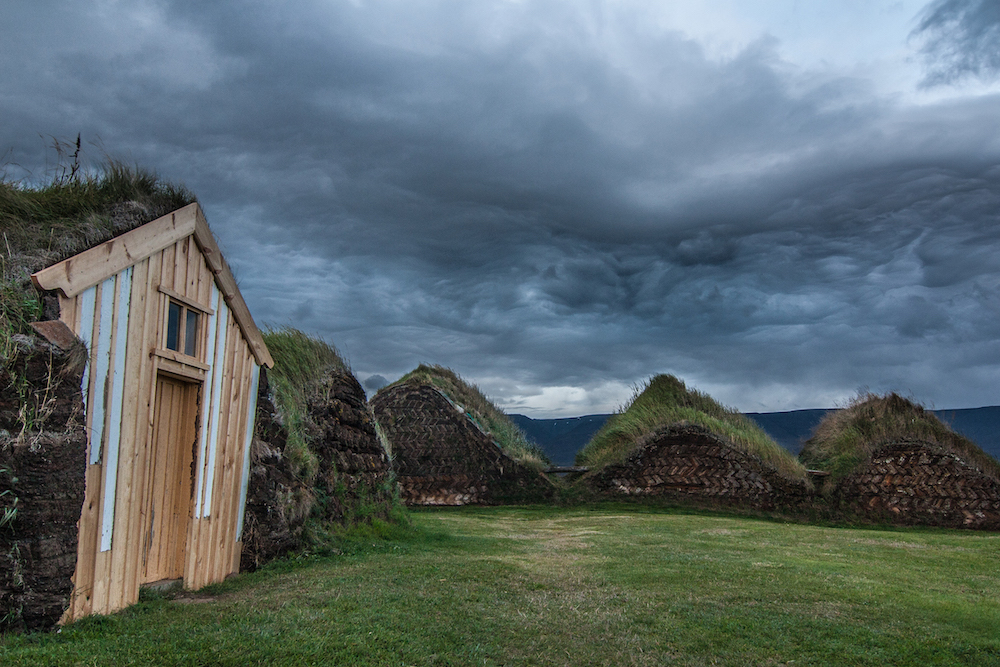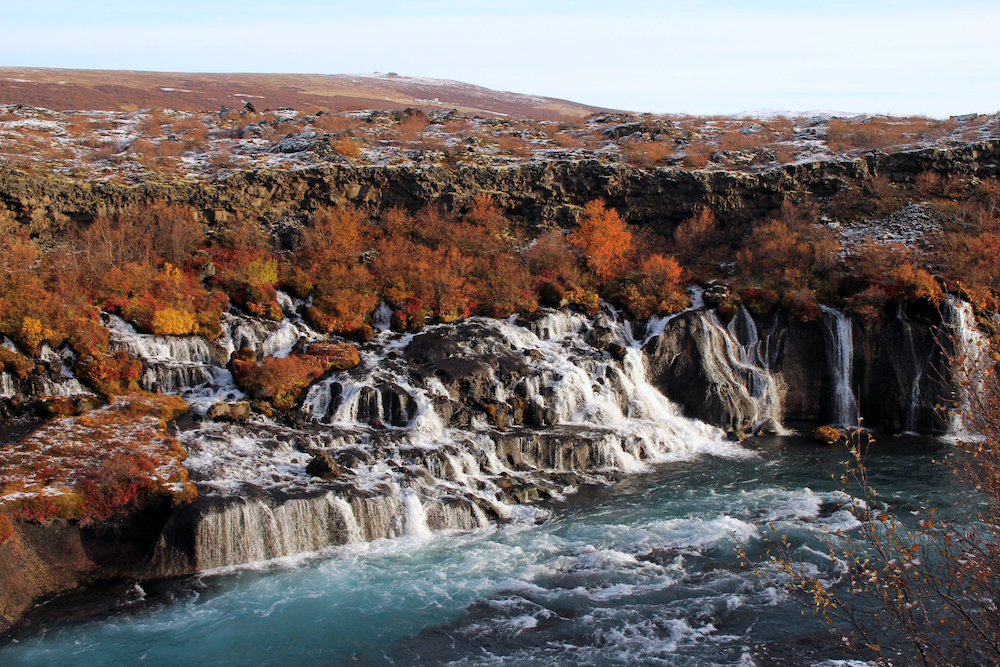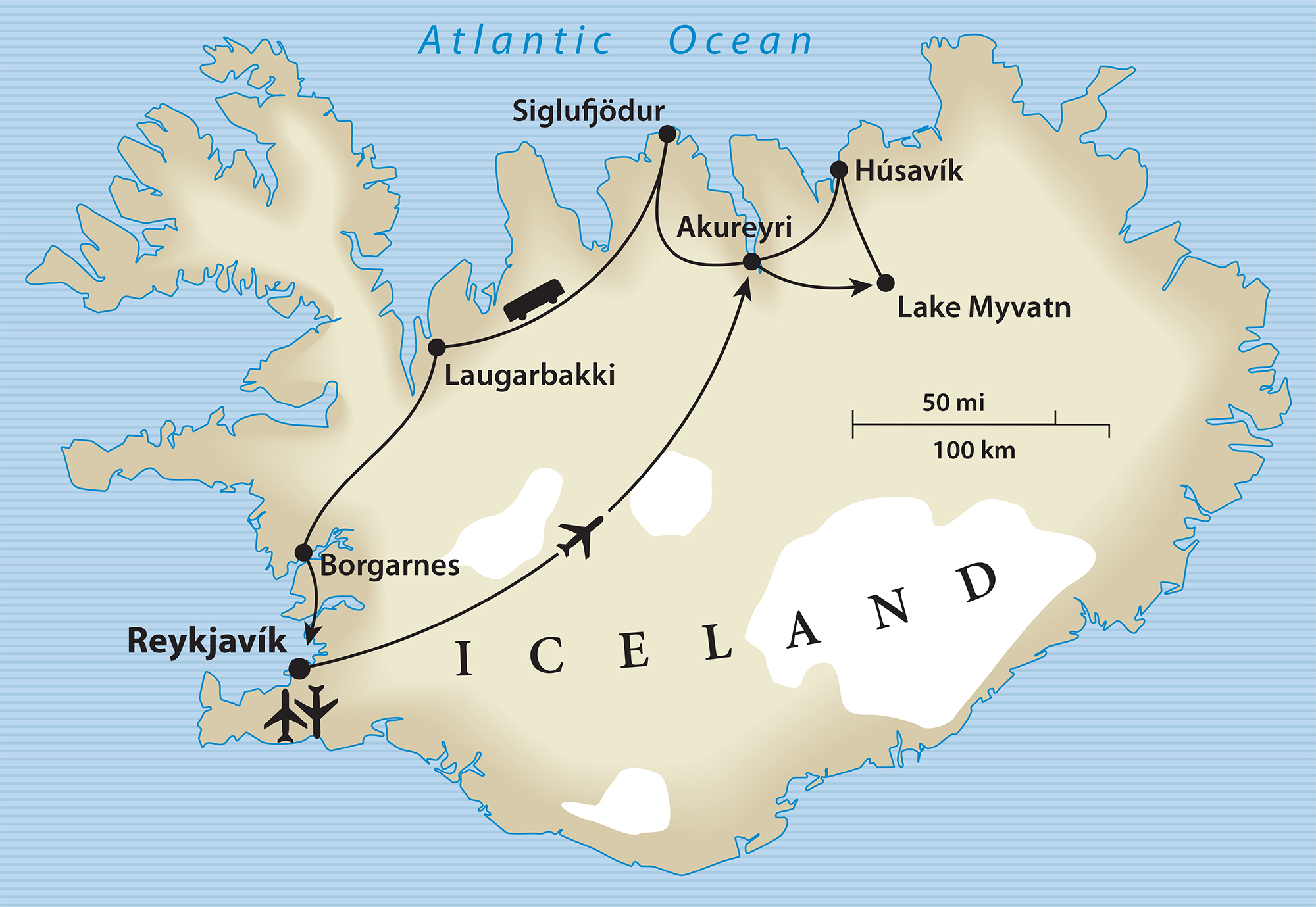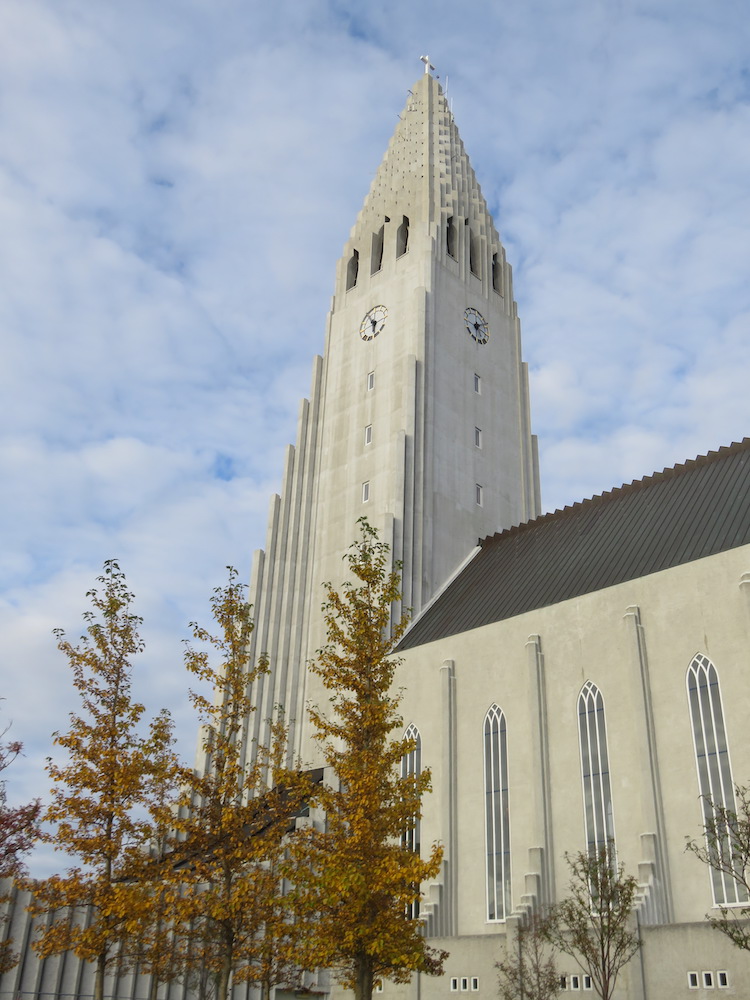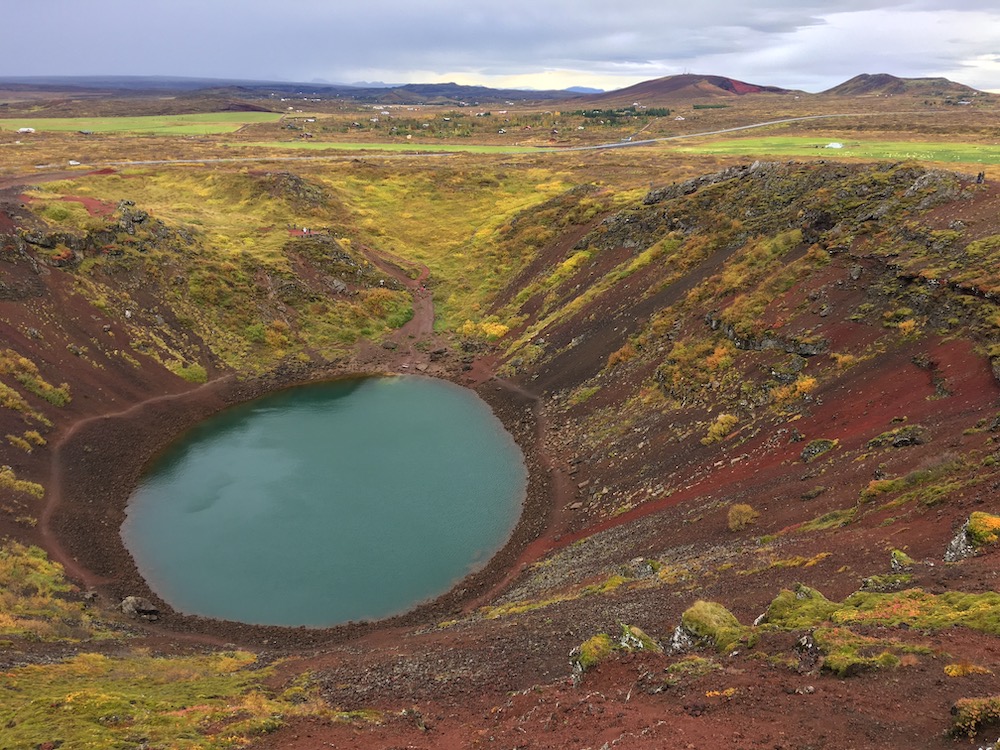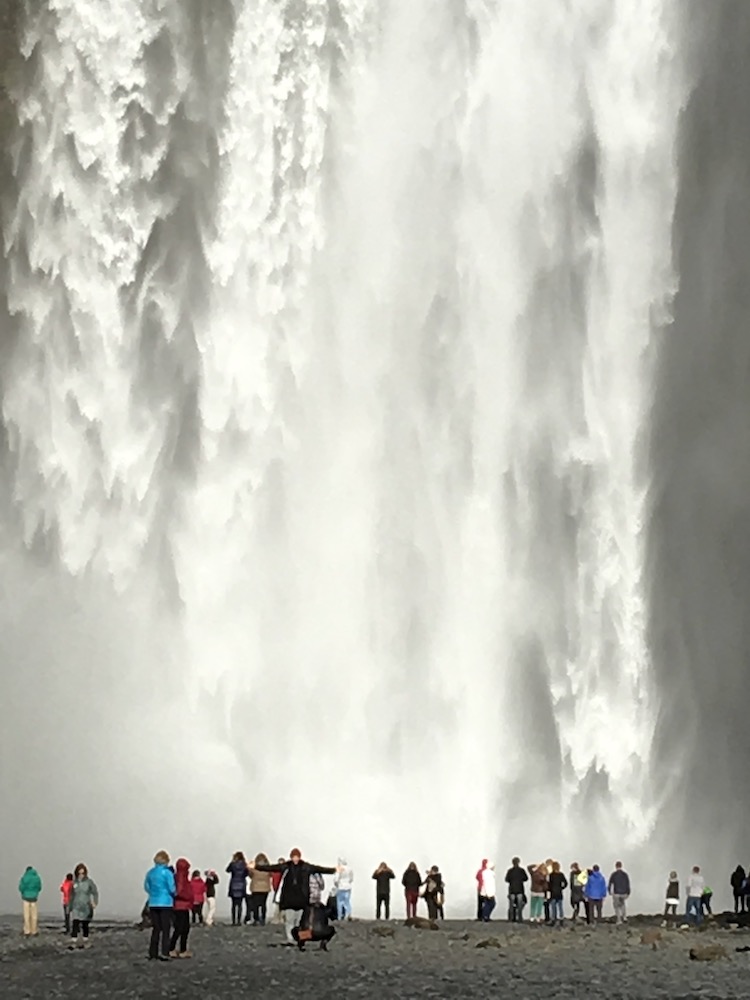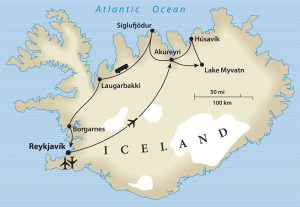 There are two key things to know about the aurora borealis: It’s a phenomenon everyone should experience once in their lives, and once you’ve seen those spectacular multi-hued lights shimmering across the northern sky, you’ll definitely want to see them again.
There are two key things to know about the aurora borealis: It’s a phenomenon everyone should experience once in their lives, and once you’ve seen those spectacular multi-hued lights shimmering across the northern sky, you’ll definitely want to see them again.
To these basic truths we can add two more: One of the best places on Earth to experience the aurora is Iceland. And there’s no better way to do it than staying in a remote hotel or lodge, stepping out of your comfortable room and e ...Show more
ncountering a vast, luminous curtain of green, blue, red and purple undulating above the Arctic Circle.
Since our first trip to Iceland in 2002, TravelQuest has brought hundreds of adventurous travelers to this rugged island in the North Atlantic, sharing its rich culture and haunting natural beauty – and, of course, finding the ideal spots to view the elusive northern lights. Now we’re heading back in September 2022 with a unique, 10-day Iceland experience that explores two of the tiny country’s most fascinating areas – Iceland’s breathtaking, seaside capital of historic Reykjavik, and the seldom-visited Great North region.
If you’re one of our Iceland veterans, you’ll remember Martina Pötzsch, our expert guide whose encyclopedic knowledge and storytelling gifts bring the country to life. Martina will be back for our 2022 journey, welcoming both new and returning guests to a wonderful collection of handpicked lodges and inns.
A Few Words About the Aurora Borealis
If you think it’s difficult predicting the weather a week in advance, consider attempting to forecast the appearance of the northern lights as far ahead as September 2022! That’s a tough assignment, and it’s impossible to be completely accurate, but we can make some generalized comments about what you might expect to see.
Solar activity is now on the upswing, so powerful coronal mass ejections (CMEs) will start to take place more often. When one impacts Earth’s magnetic field, the result can be a spectacular display of the northern lights. Lovely auroras also develop thanks to the frequent appearance of coronal holes–openings in the Sun’s magnetic field. These holes let strong gusts of the Sun’s solar wind escape into space. When one of these gaps is pointed toward Earth, a typical outcome is a beautiful celestial show. Even without aurora-generating CMEs or coronal holes, northern lights regularly appear over high-latitude locations such as Iceland thanks to the solar wind continuously buffeting Earth’s magnetic field. Of course, seeing the northern lights also depends on having good weather when we’re in Iceland.
Unfortunately, astronomers can’t predict the emergence of a coronal hole or the eruption of a CME. But when either is observed, astronomers can estimate when the charged solar particles will strike Earth’s magnetic field and cause the northern lights to dance. So, as well as checking the sky each night, we’ll be monitoring solar activity websites every day.
Lastly, for reasons yet unknown, aurora activity peaks during the equinoxes. This is why we plan to be in the dark skies of the Icelandic countryside around the time of the autumn equinox.
The magic of the aurora borealis and the breathtaking beauty of Iceland – ideal ingredients for a once-in-a-lifetime adventure. Start making your plans now!
Show less
 There are two key things to know about the aurora borealis: It’s a phenomenon everyone should experience once in their lives, and once you’ve seen those spectacular multi-hued lights shimmering across the northern sky, you’ll definitely want to see them again.
There are two key things to know about the aurora borealis: It’s a phenomenon everyone should experience once in their lives, and once you’ve seen those spectacular multi-hued lights shimmering across the northern sky, you’ll definitely want to see them again.

